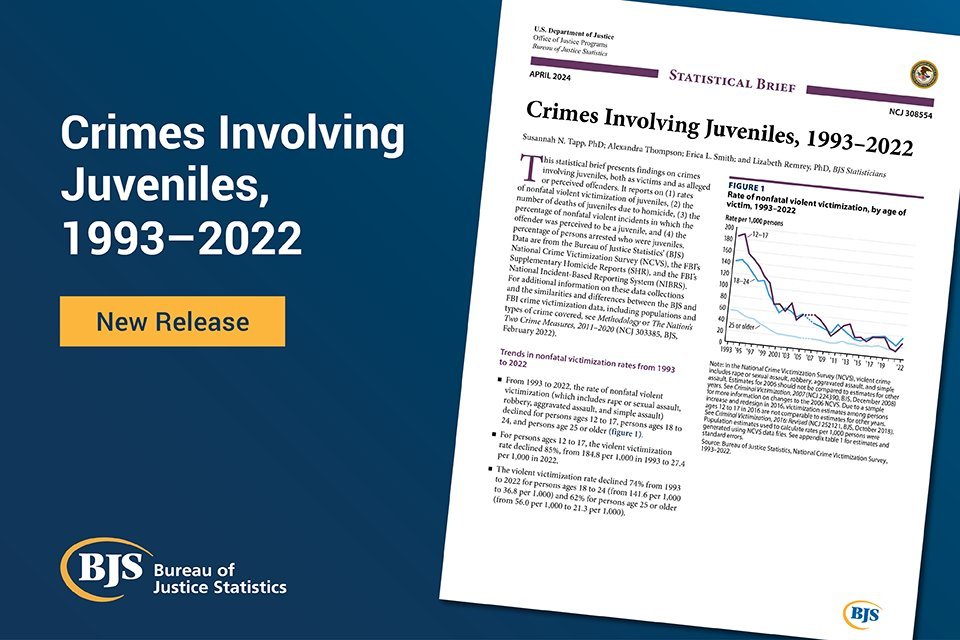By The The Social Current Organization
This document provides a background and overview of the Child Safety First Michigan (CSFMI) initiative, which involved the Michigan Department of Health and Human Services (MDHHS) in coordination with the Michigan Public Health Institute (MPHI). The final report provides details of the CSFMI initiative from the 15-month planning phase; followed by the implementation phase which began in January 2021, and involved the safety planning workgroup to assist with the implementation of activities. The workgroup’s overall goal was to identify areas of practice or policy change to support child welfare professionals’ capacity to engage families and support their immediate safety needs. The document provides a discussion of lessons learned throughout the initiative, which include issues with framing child abuse and neglect to better inform public thinking, as well as roadblocks that arose from the implementation of changes to practice, among other lessons; the document notes that overcoming implementation roadblocks requires additional action and commitment by a variety of partners over time.
Social Current Organization, 2023. 31p.





